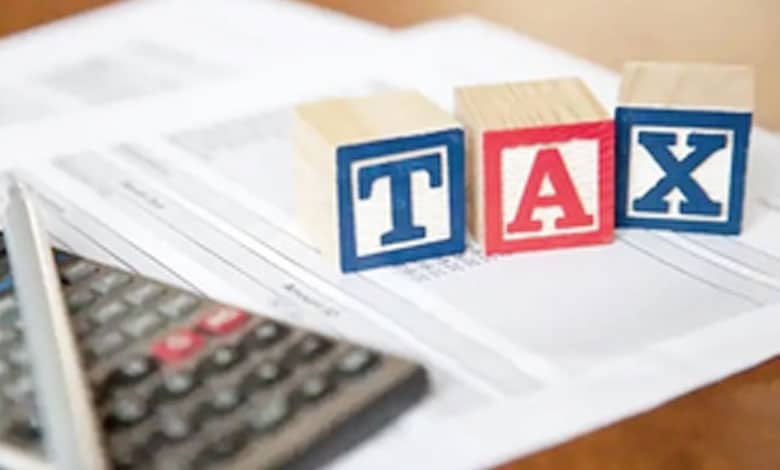Union Budget 2025: Expected Reforms in Income Tax Slabs and Economic Growth Strategies, Says Nomura Report
"Explore key predictions for Union Budget 2025, including expected changes to income tax slabs, fiscal deficit targets, and growth-focused strategies. Insights from Nomura report."

New Delhi: The Union Budget 2025-2026 is anticipated to focus on a balanced approach toward fiscal consolidation and growth-enhancing measures.
According to a report by global financial services firm Nomura, the government may introduce significant reforms, including changes to personal income tax slabs, aimed at boosting consumer spending and revitalizing the economy.
Table of Contents
Anticipated Changes in Income Tax Structure
The Nomura report highlights the possibility of revised personal income tax slabs, a move expected to enhance disposable income and spur consumer demand.
This could be part of the government’s strategy to stimulate domestic consumption, a critical driver of India’s economic recovery post-pandemic.
Such changes are likely to benefit middle-income groups, aligning with the government’s larger goal of inclusive economic growth while fostering sentiment among taxpayers ahead of the General Elections.
Fiscal Deficit Targets for FY 2025 and FY 2026
Nomura predicts that India may slightly overshoot its fiscal deficit target for FY 2025, estimating it at 4.8 percent of the GDP compared to the earlier target of 4.9 percent.
The reduction stems from curtailed capital expenditure (capex), which the government is managing cautiously to maintain fiscal discipline.
Looking ahead to FY 2026, capex spending is expected to remain steady at 4.4 percent of GDP, aligning with India’s medium-term fiscal roadmap.
The budget is also projected to support public capital expenditure growth, with a 12.5 percent year-on-year increase expected for FY 2026.
Proposed Economic Measures
Nomura anticipates several growth-focused initiatives in the Union Budget 2025, including:
- Reduced Corporate Tax Rates: To attract global manufacturers and support “Make in India” initiatives, lower corporate tax rates for manufacturing hubs may be introduced.
- Custom Duty Adjustments: Reduced customs duties on intermediate goods are expected to enhance the competitiveness of Indian manufacturers.
- Increased Agricultural Investments: Enhanced allocations for agricultural infrastructure and innovation to uplift the rural economy.
Additionally, the government may raise import duties on gold to curb imports, a move that could help reduce the trade deficit. Steps to encourage foreign direct investment (FDI), particularly in the insurance sector, and measures to improve capital inflows are also on the cards.
Also Read | Government Scraps Windfall Gains Tax on Domestic Crude and Fuel Exports Amid Softening Global Prices
Market Borrowing and Debt Management
The report projects India’s gross market borrowing for FY 2026 to rise slightly to ₹14.4 lakh crore, compared to ₹14 lakh crore in the current fiscal year.
However, net borrowing is estimated to decline to ₹11.03 lakh crore, reflecting a reduction of ₹60,000 crore from FY 2025. The government may also explore buyback options to reduce borrowing needs further.
Implications for Indian Bonds and Monetary Policy
Indian government bonds continue to remain attractive investment options, with much of the positive fiscal developments already factored into market expectations.
The report notes that the government’s fiscal management strategies, including maintaining a low fiscal risk premium, could provide the Reserve Bank of India (RBI) with flexibility to reduce policy rates during the February Monetary Policy Committee (MPC) meeting.
Strategic Priorities for Growth
The government’s dual focus on fiscal prudence and economic expansion reflects its commitment to building a resilient economy. By prioritizing tax reforms, investments in key sectors, and measures to improve ease of doing business, the Union Budget 2025 is poised to support sustainable growth.
